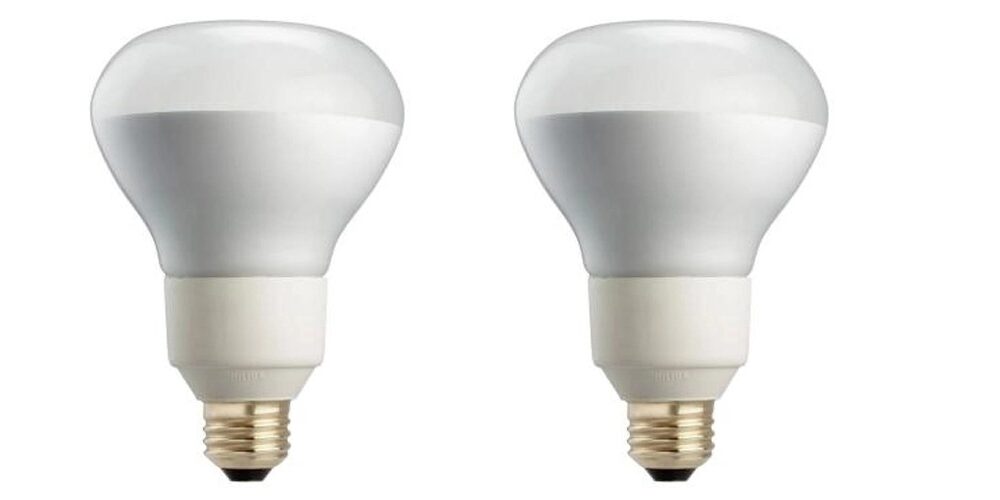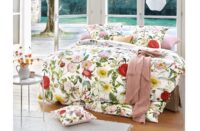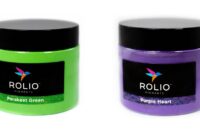Beginning in the 1980s a special class of fluorescent lights known as compact fluorescent lights, or CFL bulbs, became increasingly popular as a replacement for incandescent light bulbs. Though in recent years they have been largely overshadowed by categorically superior LED replacements, they were very popular in the early to mid-2000s.
They’re also still used in some areas. Here’s what you need to know about them.
How Do CFL Bulbs Work?
A typical compact fluorescent lamp (CFL) is just a special type of fluorescent tube light wherein the tube has been twisted into a spiral shape to save space and to fit more in line with the footprint of most traditional incandescent lights.
CFL light bulbs, like other fluorescent lamps, contain inert gasses such as argon, along with a small amount of mercury vapor. The inner tube of the lamp is covered with a fluorescent coating, typically phosphor powder.
The lamps contain an internal ballast that sends an electric current through the tube; this excites the mercury vapor, which emits UV light. When the UV light strikes the phosphor powder, it releases the excess energy in the form of visible light, or “fluorescence.”
Why Have CFL Bulbs Been Popular As Replacements?
CFL bulbs, like all fluorescent lamps, are relatively energy-efficient, which is the main reason they have been widely used as replacements for incandescent lamps.
Generally, most compact fluorescent bulbs will only use about 25%, and in some cases as much as 30% or 35% of the energy of an equivalent incandescent. This in turn reduces overall energy consumption, resulting in substantial energy savings.
How Long do CFL Bulbs Last?
Another reason that CFLs have been well received as replacements for incandescent lights is that they are much longer lived. Whereas most incandescent lights will last about 1,000 hours, many CFLs will last close to 8,000.
Are There Any Better Alternatives to CFL Bulbs?
While CFL lights have been widely used as replacements for incandescent lights thanks to their energy efficiency and longevity, recent advances in technology have brought about a more suitable replacement: LEDs.
LEDs, or light-emitting diodes, are enormously energy efficient and long-lived. Whereas CFLs are usually about 25% more efficient than incandescents, LEDs are up to 75% more efficient, and whereas CFLs will last 8,000 hours or so, most LEDs last between 25,000 and 50,000 hours, with some lasting as long as 100,000.
LEDs are also more environmentally friendly. While CFLs do not use as much electricity during operation, they do contain small amounts of mercury, complicating disposal. LEDs contain no harmful materials, and in most instances can be entirely recycled.
Moreover, LEDs are available in a wide range of color temperatures and many are plug-and-play compatible as retrofits for existing light fixtures. They also reach their full brightness immediately; while some fluorescent lamps take a while to warm up, especially in extreme cold.
Where Can You Get Good Prices on CFL Bulbs Online?
If you’re still interested in learning more about CFL bulbs or getting good prices on pin and plug-in base and twist-lock CFLs, including decorative and flood light CFLs, visit Lightbulb Wholesaler online at LightbulbWholesaler.com or contact them at 1-800-492-9660. They carry a wide range of fluorescent, incandescent, and halogen bulbs, LED, and HID lighting at great prices and their experts are there to help.












